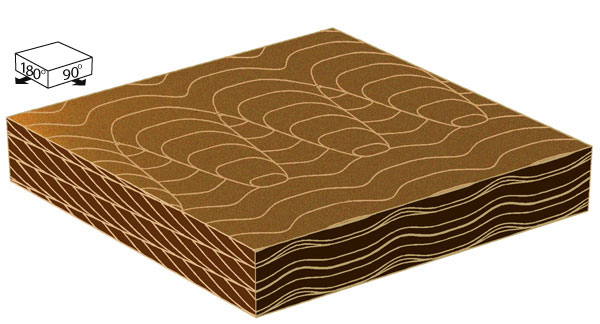Pacific Coastal and Marine Science Center
Bedform Sedimentology Site: “Bedforms and Cross-Bedding in Animation”


FIG. 38. Structure formed by transverse, straight-crested bedforms with superimposed features that might be described either as longitudinal spurs or symmetrical longitudinal bedforms.
RECOGNITION: Transverse orientation of the bedforms that produced these structures is indicated in the horizontal section, which shows that scour pits and spurs did not migrate along the crests of the larger bedforms on which they were superimposed. The trend of the main bedforms is represented by the generalized strike of the cross-beds and by an imaginary line connecting the fingertips formed by migration of adjacent scour pits upward through the horizontal outcrop plane. The direction of scour-pit migration, which in this example is normal to the bedform crestline, is indicated by the axes of the troughs that were scoured by the migrating scour pits. The longitudinal trend of the superimposed spurs can also be demonstrated by their vertical accretion (manifested as symmetrical convex-up structures in vertical section). Transverse orientation of the main bedforms and lack of along-crest migration of the spurs result in symmetrical filling of scour pits and symmetrical distribution of cross-bed poles relative to bounding-surface poles. Because the three-dimensionality of these bedforms arises from superpositioning of the longitudinal spurs, bedform troughs vary in elevation from spur to scour pit, and cross-beds are in phase and conformable with bounding surfaces. Bedforms that are three-dimensional because of sinuous crestlines do not produce such structures (Figs. 32 and 42). The effect of crest-plan sinuosities is also distinguishable from that of superimposed spurs or bedforms in polar plots of cross-bed dips. The former kind of three-dimensionality produces a fan-shaped distribution (FIG. 32), whereas the latter (or both kinds of three- dimensionality) produces scatter over a hemisphere, as shown here.
ORIGIN: As with other three-dimensional bedforms, the hydrodynamic cause of specific geometries is not yet understood.